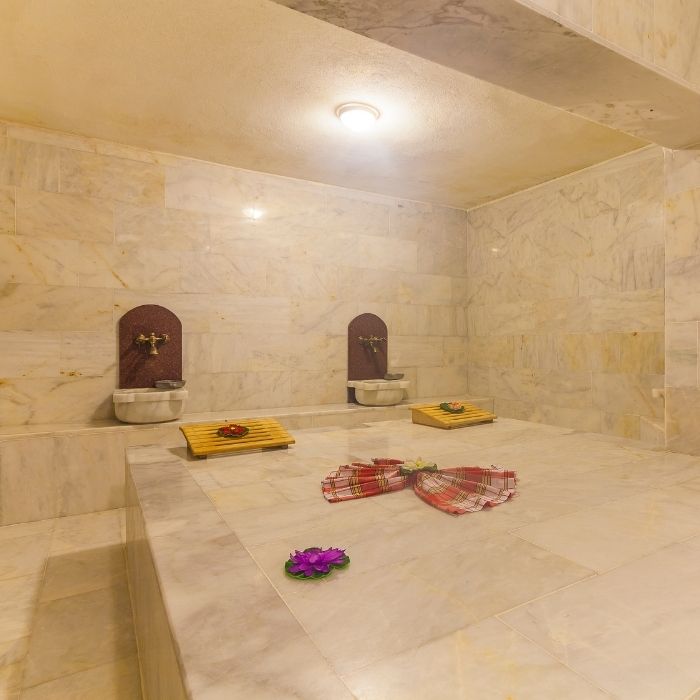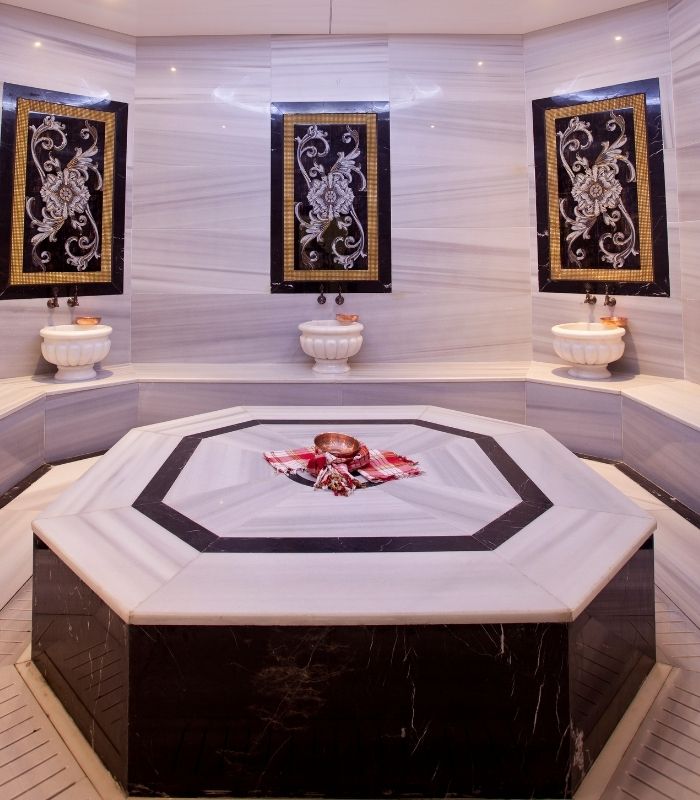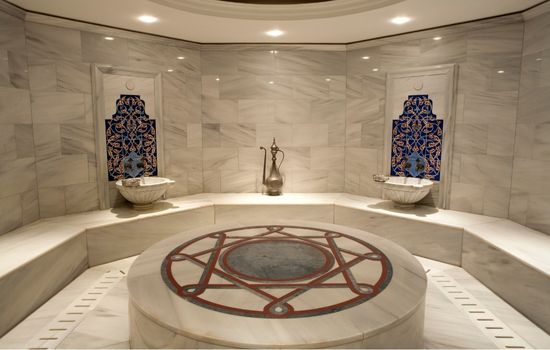
Turkish Bath
Baths are structures heated with a special system and equipped with cold water for the purpose of bathing. The history of baths dates back to the Romans, who used them for pleasure and entertainment and referred to them as "thermea."
When Turkey and the Ottoman Empire are mentioned, Turkish baths come to mind first. Over the centuries, baths have remained one of the most important and colorful elements of Turkish and Ottoman culture. The history of the classical Turkish bath is as ancient as the times when the Turks were nomadic. The Turks introduced the tradition of Çerge Hamam and steam bathing to Anatolia. They developed the use of Turkish baths by harmonizing their traditions with the Roman bath. The acceptance of Islamic rules regarding cleanliness with the adoption of Islam increased the importance given to baths and bathing.
In Arabic, "hammam" means a place that emits warmth and signifies bathing, but the Turks have preserved a tradition of both physical and spiritual purification in baths by adding elements such as the heated central stone, kurnas (water basins), scrubbing, and washing.

The sections found in a classic Turkish bath are as follows;
Glass case
It is the first section entered in the bath that separates the bath from the outside world. It is prepared here for the bath ritual. Changing rooms are also located in this section. This is also the section to return to after the bath session. In the calm, cool and fresh glass atmosphere, the liquid lost through sweat in the bath is regained with drinks such as tea and coffee.
Tepidity
This is the heart of the bath, the section between the heater and the window. It is warm when entering the heat and cold when exiting. Before entering the heat, one gets used to the heat here, and after washing, one also gets used to the cold here.
Temperature
It is the central section where the temperature, humidity and all kinds of bath applications are made. The heart of a bath beats here. Göbektaşı, sofas, basins and private rooms are all in this section. Washing, scrubbing, foaming and soaping all take place in the heat section. The temperature of the bath is around 35C°-40C°. The relative humidity of the environment can reach up to 80%-90%. In the center of the heat, another unique Turkish bath element, the "belly stone", made of marble, usually octagonal, rarely hexagonal or quadrangular, lies in all its glory.

Geta Engineering offers turnkey solutions to customers who have mastered the Turkish bath experience.
Halvet
The sections called halvet are isolated places for conversation purposes, mostly located in the corners of the heat.
Sofas and basins are small pools filled with water. By filling these areas with hot and cold water, water at the desired temperature is collected and poured into the body.
Halvet
It is the section of the bath reserved for special heating. The hot water required for the users of the bath is obtained by burning it in a stove-like stove section.
